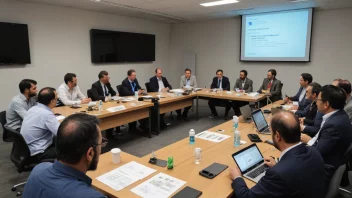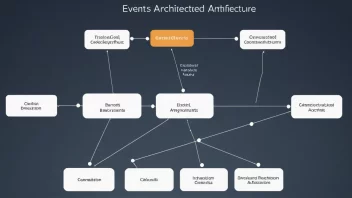In recent years, remote work has transitioned from a privilege to a necessity, fundamentally altering how companies onboard new employees. This shift is particularly evident in the software development industry, where teams are often distributed across various locations. Effective remote onboarding is crucial for ensuring that new developers feel welcomed, engaged, and productive from day one. In this article, we will explore best practices for remote onboarding, focusing on strategies that foster a smooth transition for software developers into their new roles while maintaining productivity and team cohesion.
Understanding the Importance of Remote Onboarding
Remote onboarding is more than just a checklist of tasks; it’s about creating an environment that encourages new hires to integrate seamlessly into the company culture. A well-structured onboarding process can reduce turnover rates, improve job satisfaction, and enhance team dynamics. For software developers, who often rely heavily on collaboration and communication, it’s essential to create a supportive atmosphere that helps them acclimate to their new roles effectively.
Best Practices for Remote Onboarding
1. Pre-Onboarding Preparation
Before a new developer’s first day, it’s vital to prepare adequately. This includes setting up their workspace, providing necessary hardware and software, and ensuring they have access to all essential tools. Sending a welcome packet that includes company swag, an organizational chart, and a personalized welcome letter can make a significant difference. Additionally, scheduling introductory meetings with key team members can help establish connections before the new hire even logs in.
2. Structured Orientation Program
A structured orientation program helps new hires understand the company’s mission, values, and culture. This should include a comprehensive overview of the organization, its products, the development processes, and the tools used by the team. Incorporating interactive elements such as quizzes or virtual tours can enhance engagement. Consider assigning a mentor or buddy to guide new developers through their first weeks, offering support and answering any questions they might have.
3. Clear Communication Channels
Effective communication is critical in a remote setting. Establishing clear communication channels is essential for collaboration among team members. Tools like Slack, Microsoft Teams, or Zoom can facilitate real-time communication. It's important to define protocols for different types of communication (e.g., when to use email versus instant messaging) and encourage new hires to ask questions or raise concerns freely.
4. Focus on Team Integration
Integrating new software developers into the team is crucial for fostering a sense of belonging. Organize virtual team-building activities, such as online games or casual coffee breaks, to help new hires connect with their colleagues. Encouraging participation in team discussions and decision-making processes can also make them feel valued and included from the outset.
5. Training and Development
Providing ongoing training and development opportunities is key to keeping remote developers engaged. This could include access to online courses, workshops, or conferences relevant to their roles. Regular check-ins to discuss progress and set goals can help ensure that new hires stay motivated and aligned with the team’s objectives. Consider implementing a 30-60-90 day plan to outline expectations and milestones for their first three months.
6. Feedback Mechanisms
Feedback should be a two-way street, especially in a remote environment. Encourage new hires to share their onboarding experiences and suggestions for improvement. Regular feedback sessions can help managers understand how well the onboarding process is working and identify areas for enhancement. Moreover, providing constructive feedback to new developers about their performance fosters growth and development.
Case Studies: Successful Remote Onboarding
Several companies have successfully implemented remote onboarding practices that set the standard for the software development industry. For instance, GitLab, a fully remote company, has a comprehensive onboarding plan that includes a detailed handbook, structured training schedules, and regular check-ins. This emphasis on clarity and support has led to a high retention rate among new employees.
Similarly, Automattic, the parent company of WordPress.com, utilizes a 14-day onboarding program that introduces new hires to the company culture and processes while allowing them to work on real projects. Their approach emphasizes autonomy and support, which has contributed to a strong sense of community among remote employees.
Conclusion
As the trend towards remote work continues to grow, companies must adapt their onboarding processes to meet the needs of new software developers. By implementing best practices that focus on preparation, structured orientation, clear communication, team integration, ongoing training, and feedback mechanisms, organizations can create a positive onboarding experience that fosters engagement and productivity. By learning from successful case studies and continuously refining their approach, companies can ensure that their remote onboarding processes not only welcome new hires but also set them up for long-term success in their roles.






